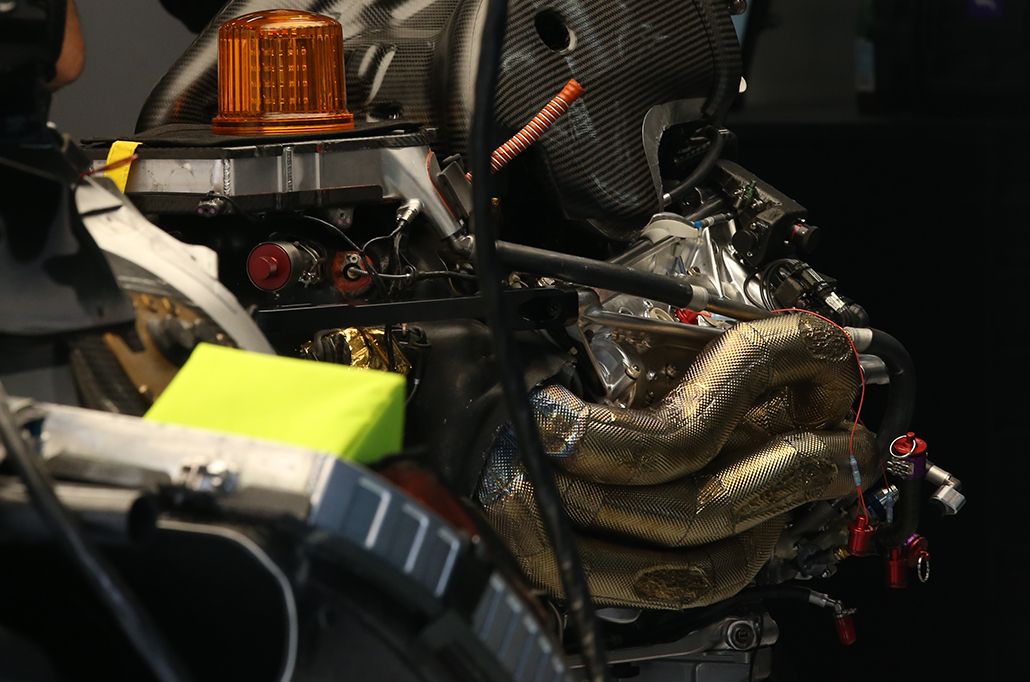MERCEDES ESCAPES THE WORST
Brazilian Grand Prix winner Lewis Hamilton came very close to not seeing the finish line at all.
During the race, the five-time World Champion complained several times on the radio that he had to drive with a “deflated” engine, which deprived him of much of the power:
“You need to give me some power back, guys. It is a long way to go with the engine turned down like this. I don't want to lose this position [while he was leading]."
Due to an exhaust problem, the turbo V6's temperatures soared and exceeded the allowable limits, to the point that the Brixworth engineers announced to Toto Wolff the imminent failure of the engine on the radio:
“What I could hear – because I’m having about 10 channels open – on one of the meeting channels was ‘Lewis Hamilton power unit failure imminent – it’s gonna fail within the next lap.’ And I said ‘excuse me, what?’
“And the HPP guys [Mercedes AMG High Performance Powertrains] said we have a massive problem on the power unit and it’s going to fail next lap. It didn’t fail next lap, and I said when you guys have a minute, let them work, [then] tell me what what’s happening.
“They said ‘well, our exhaust is just about to fail’ and we’re over-shooting all the temperature limits as to what’s to fix and so they started to fix it turning the whole thing down. And then the stage temperatures went down to below a thousand, 980°C, but it’s still too high. Then he recovered another lap. That was truly horrible.
“God knows how you can fix hardware that is just about to break and make the car finish. So that race was just a nightmare until obviously the checkered flag came down and everything broke loose.”
On the Mercedes No. 44, the revs of the W09 block were lowered and the richness of the air/fuel mixture increased, to cool the engine as much as possible, with success.

 '
'




